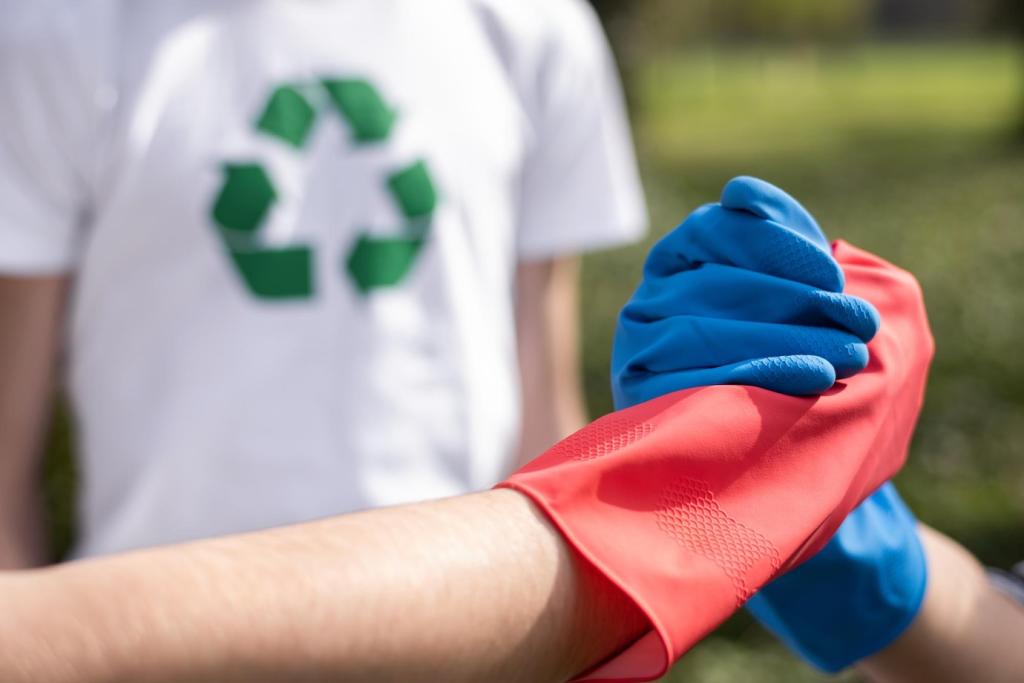The Natural First-Response Routine
Lay a clean, absorbent cotton cloth over the spill and press gently, lifting moisture without grinding pigments deeper. Work from the outer edge toward the center, replacing cloth sections as they saturate. Rubbing distorts fibers and can set stains.
The Natural First-Response Routine
Dampen, don’t drench. A few teaspoons of cold water or club soda help mobilize fresh spills. Elevate the stained area with a folded towel beneath and let capillary action draw moisture into your blotting cloth. Continue patiently until transfer slows.





